Gas giant : Juno photographed Jupiter’s solar eclipse
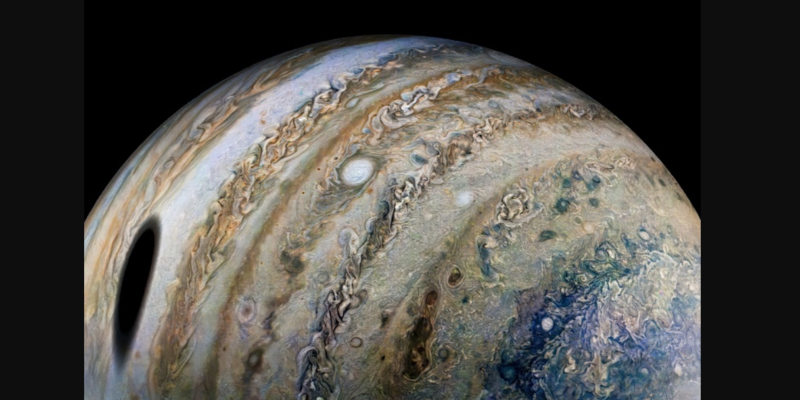
Overview
NASA released this image taken during the Juno’s flyby of Jupiter on Feb. 25, 2022. The dark spot on the left shows a solar eclipse projected by Ganymede on Jupiter. It was Juno’s 40th flyby of Jupiter, about 71,000 kilometers from the planet’s cloud tops.

This full-disc image of Jupiter was taken on 21 April 2014 with Hubble’s Wide Field Camera 3 ( WFC3 )
Five of Jupiter’s 80 moons are responsible for eclipses, which occur on average every 42 hours.
Juno
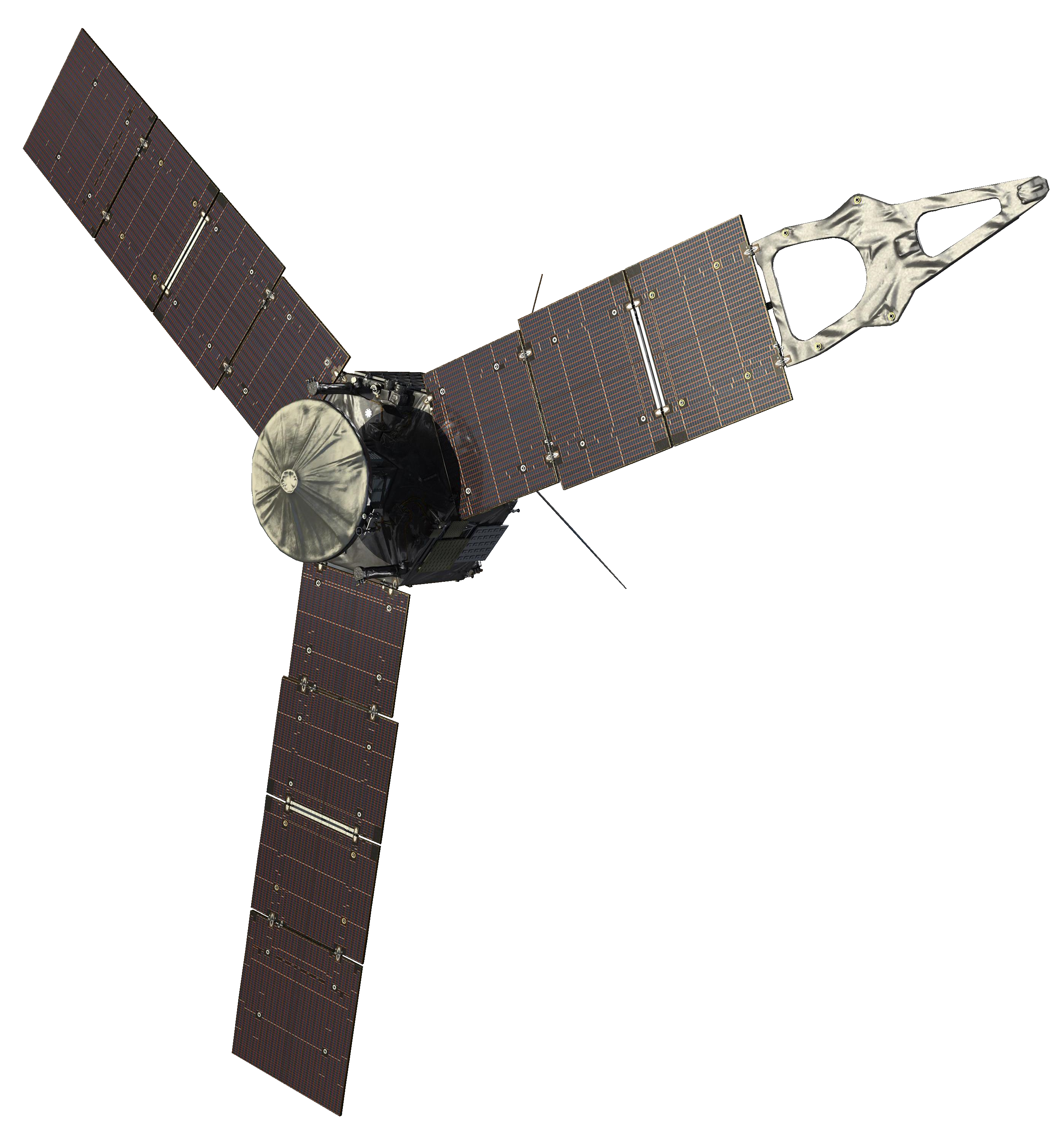
Artist’s rendering of the Juno spacecraft
Juno[1] is a NASA space probe orbiting the planet Jupiter. It was built by Lockheed Martin and is operated by NASA’s Jet Propulsion Laboratory. The spacecraft was launched from Cape Canaveral Air Force Station on 5 August 2011 UTC, as part of the New Frontiers program. Juno entered a polar orbit of Jupiter on 5 July 2016 UTC, to begin a scientific investigation of the planet.[8] After completing its mission, Juno will be intentionally deorbited into Jupiter’s atmosphere.
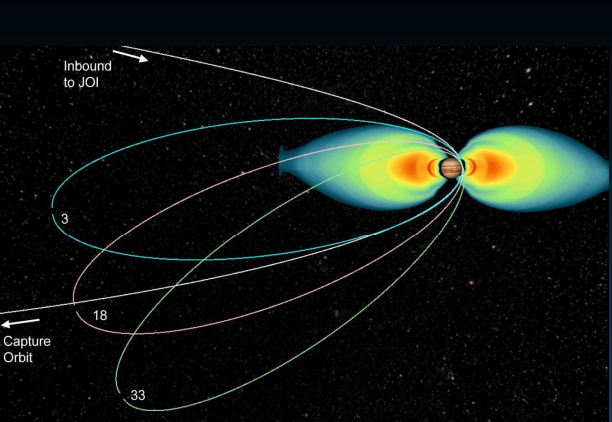
Juno’s elliptical orbit and the Jovian radiation belts
Juno is the second spacecraft to orbit Jupiter, after the nuclear powered Galileo orbiter, which orbited from 1995 to 2003.[8] Unlike all earlier spacecraft sent to the outer planets, Juno is powered by solar panels, commonly used by satellites orbiting Earth and working in the inner Solar System, whereas radioisotope thermoelectric generators are commonly used for missions to the outer Solar System and beyond. For Juno, however, the three largest solar panel wings ever deployed on a planetary probe play an integral role in stabilizing the spacecraft as well as generating power.
Detail
Juno’s mission is to measure Jupiter’s composition, gravitational field, magnetic field, and polar magnetosphere. It will also search for clues about how the planet formed, including whether it has a rocky core, the amount of water present within the deep atmosphere, mass distribution, and its deep winds, which can reach speeds up to 620 km/h ( 390 mph ).
References:

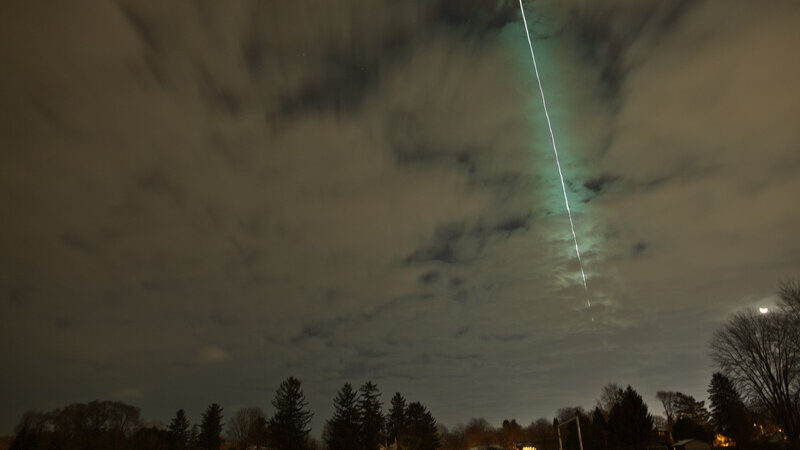
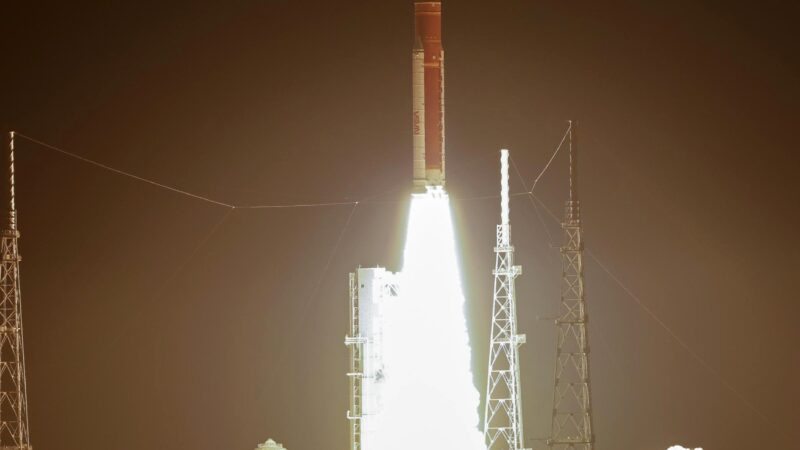
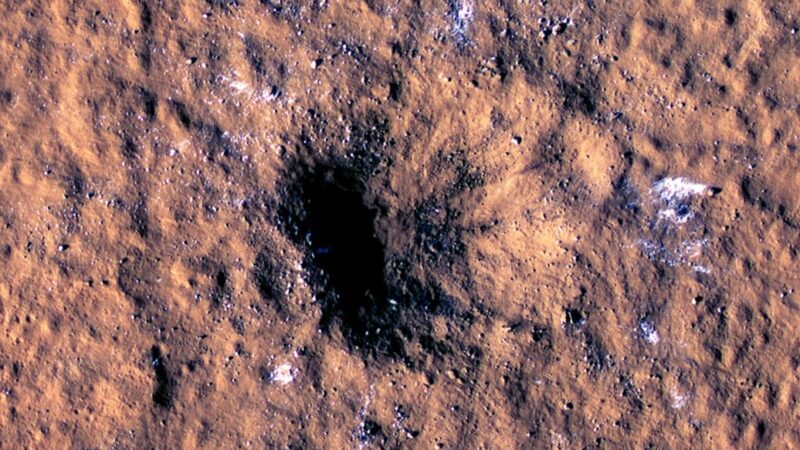
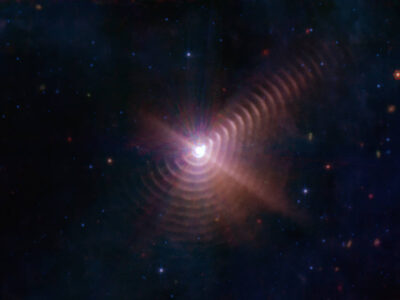
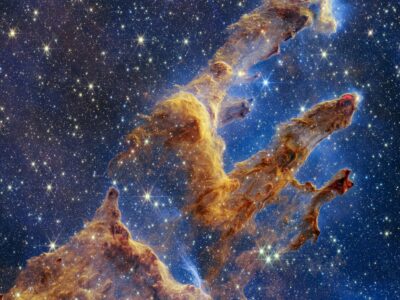
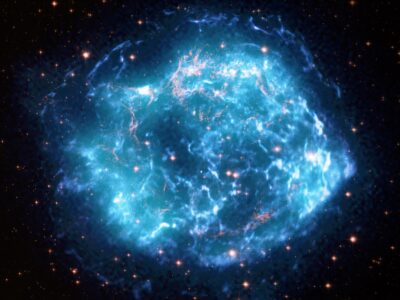




Such a beautiful planet